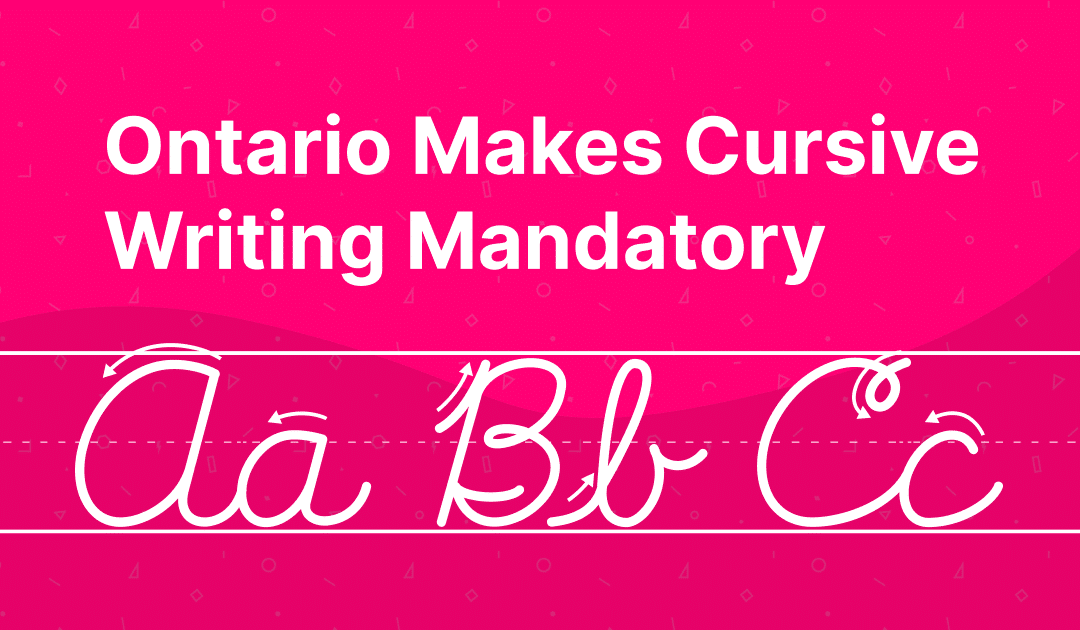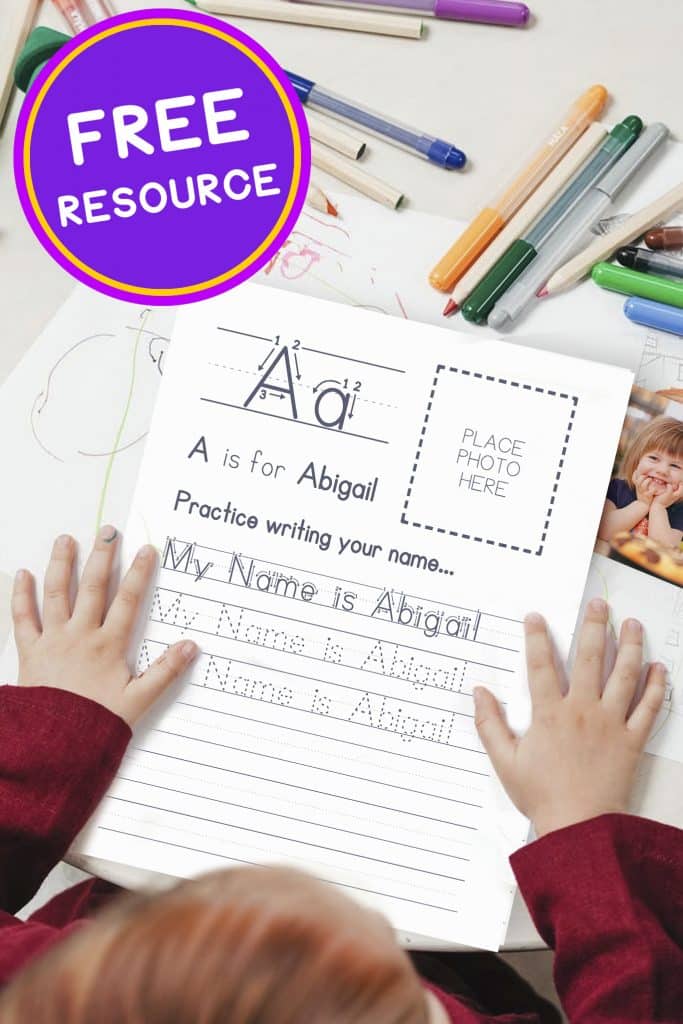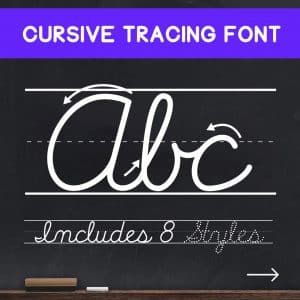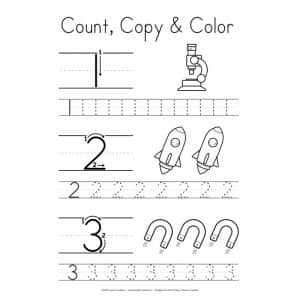In a move that has stirred both excitement and debate, the province of Ontario has announced that cursive writing will become a mandatory part of the curriculum for students. Starting from the coming fall school year, Ontario educators will need to incorporate cursive writing into their teaching strategies. This article aims to explore the reasons behind this decision and provide teachers with valuable resources to help them prepare for this significant change.
The Case for Cursive Writing
The decision to make cursive writing mandatory stems from recognizing the numerous cognitive and developmental benefits it offers to students. Learning and practicing cursive writing can enhance fine motor skills, hand-eye coordination, and overall handwriting proficiency. It also promotes neural connections in the brain, which aid in language development, comprehension, and retention. Cursive writing enables students to develop a unique signature style and helps them read historical documents, including the Constitution and handwritten manuscripts.
Teaching Cursive Fonts and Practice Worksheets
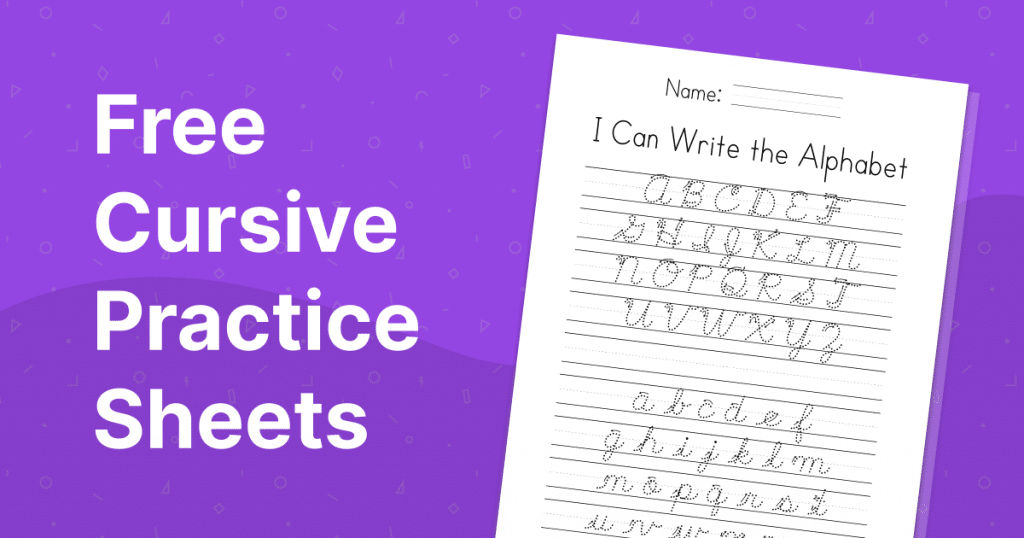
Teaching Resources and Tools for Educators
To support teachers in their efforts to integrate cursive writing into their classrooms, several online platforms and resources offer valuable tools, lesson plans, and activities. Here are some notable resources to consider:
- Handwriting Without Tears: This program provides comprehensive resources for teaching cursive writing, including workbooks, teaching guides, and online tools. It offers a systematic approach that breaks down the process into manageable steps.
- Zaner-Bloser: Zaner-Bloser provides a range of materials designed to support cursive handwriting instruction. Their resources include student workbooks, teacher guides, and online resources to help students practice and reinforce their cursive skills.
- Ontario Ministry of Education: The official website of the Ontario Ministry of Education is an invaluable resource for educators. It offers curriculum guidelines, sample lesson plans, and assessment tools to help teachers align their teaching with provincial standards.
- Professional Development Workshops: Consider attending workshops and seminars focused on teaching cursive writing. These events often provide valuable insights, teaching strategies, and hands-on activities to help educators master the art of cursive instruction.
Conclusion
The inclusion of cursive writing as a mandatory part of the Ontario curriculum presents an exciting opportunity for educators to enhance their students’ skills and cognitive development. By incorporating cursive writing, teachers can foster improved fine motor skills, cognitive connections, and historical literacy in their students. The use of cursive tracing fonts, along with other valuable resources like Handwriting Without Tears, Zaner-Bloser, and the Ontario Ministry of Education, will empower teachers to prepare engaging lessons and activities that cater to their students’ learning needs. By embracing this change, Ontario educators can equip their students with the essential lifelong skill of proficient cursive writing.

